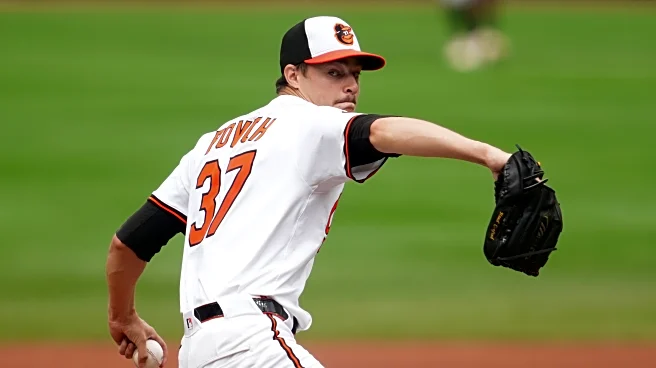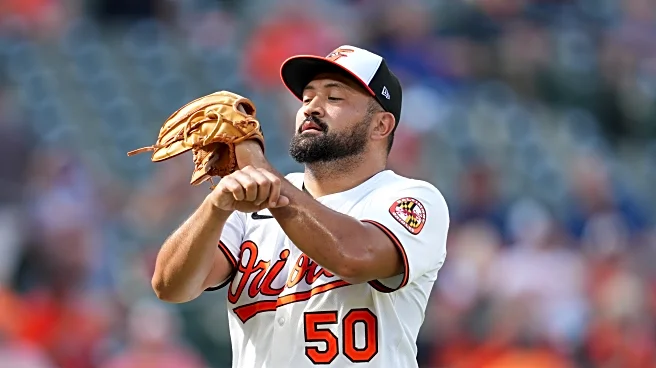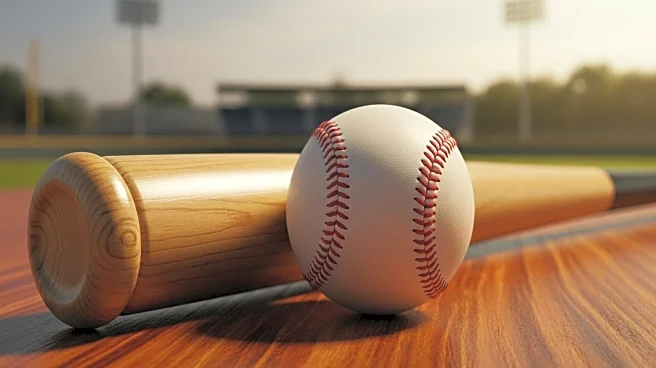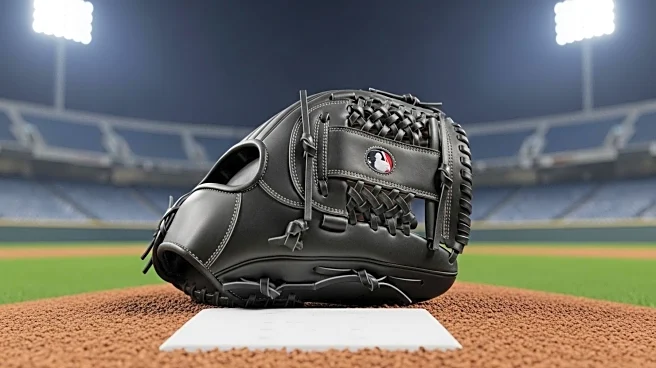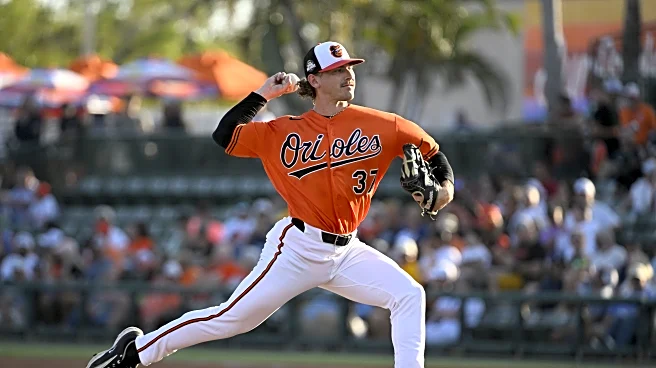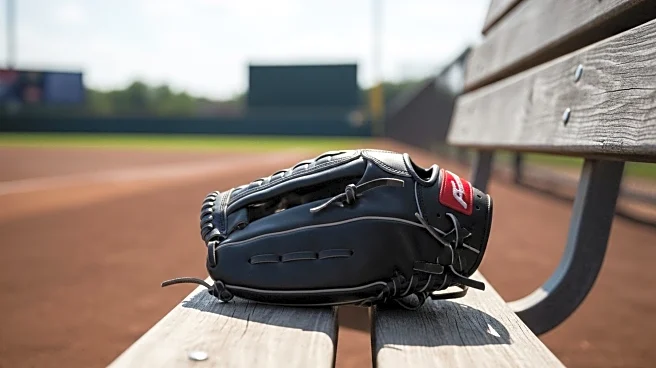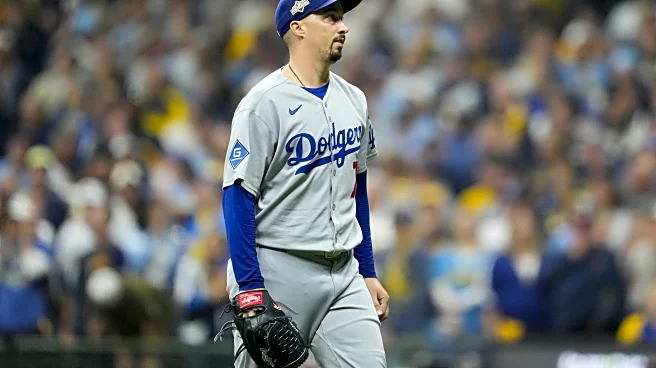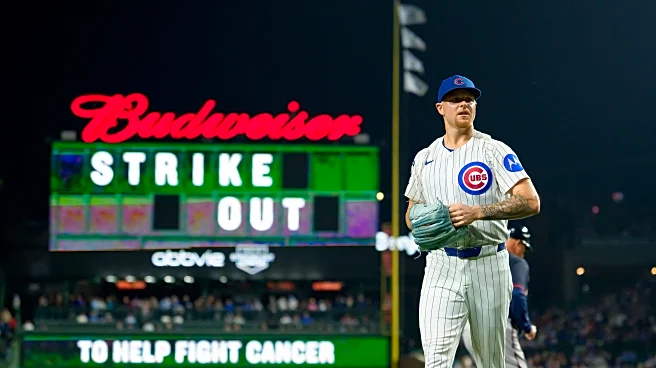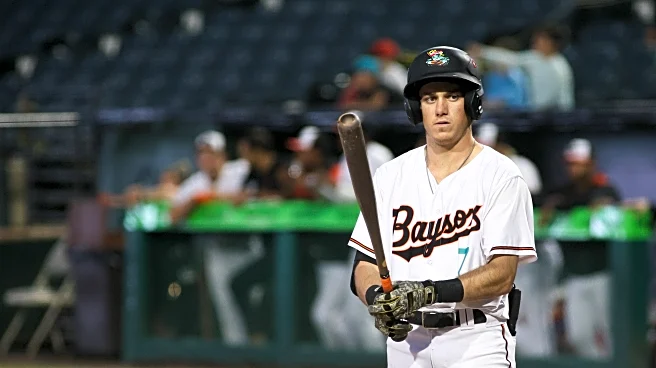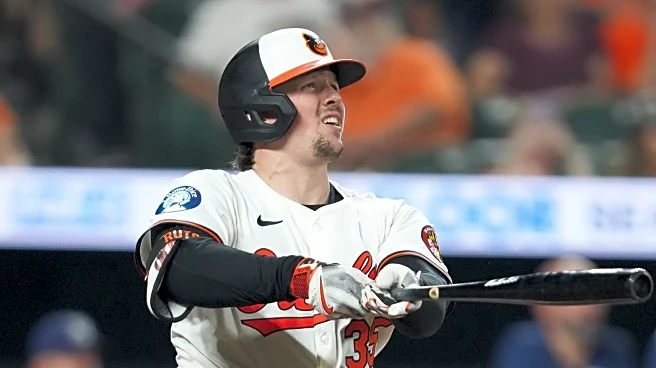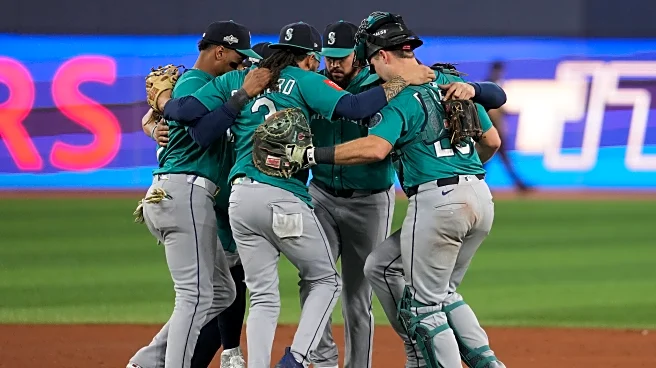After a rocky but promising rookie campaign in 2024 (3-9 with a 5.20 ERA, but also 69 strikeouts in 79.2 innings), Cade Povich entered 2025 with something resembling expectations. The newlywed lefty was
supposed to take a step forward. Instead, he mostly just took the mound, got hit hard, walked lots of guys, and reminded us that the gap between “intriguing prospect” and “reliable major league starter” is as wide as the Chesapeake Bay.
Povich’s 2025 line is full of warning signs: a 3-8 record, 5.21 ERA across 112.1 innings in 22 appearances (20 starts). Those numbers aren’t catastrophic in a vacuum, but they’re decidedly uninspiring for a 25-year-old who was supposed to be turning potential into performance. The real issue wasn’t just the losses—though a .273 winning percentage certainly doesn’t scream “future of the rotation”—it was how Povich lost. In those 112.1 innings, he allowed 125 hits and 43 walks, producing a 1.50 WHIP that basically guaranteed trouble every time through the lineup. Despite reducing his walks per game slightly from last year (from 3.85 to 3.45), an increase in hits allowed (from 9.04 to 10.01) washed that out.
To put it another way: Povich allowed more than a hit per inning while also handing out three-and-a-half free passes per game. That’s not a recipe for success; it’s a recipe for constantly pitching out of the stretch with runners in scoring position. His inconsistency was the throughline of the entire season. He’d tantalize you with flashes—118 strikeouts suggest the swing-and-miss stuff is real—and then immediately remind you why he spent parts of the year on the injured list with hip inflammation and bouncing between Baltimore and the minors.
The injury situation didn’t help, of course. Povich hit the IL in mid-June with left hip inflammation and didn’t return until early August, which disrupted whatever rhythm he might have been building. But even when healthy, he was maddeningly erratic. He had an ERA below five in just three of six months he pitched. His last seven games showed a 5.75 ERA with 43 hits allowed in just 36 innings. Opponents hit him at a .333 rate in September. That’s getting lit up often enough that it makes opposing hitters look forward to facing you.
The strikeouts are nice. 118 K’s in 112.1 innings show that when Povich executes his pitches, he can miss bats. But, one might ask, what good is striking out the side when you’ve already walked two guys and given up three singles in the same inning? That was Povich’s 2025 in microcosm: tantalizing stuff undermined by an inability to throw strikes consistently or induce weak contact when he did find the zone.
An interesting question is what Povich’s season says about his future. One possibility is that the Orioles try to translate his strikeout stuff into a career working in relief. One data point that supports this approach is Povich’s earned run average per inning over the season: 3.15 (first), 3.43 (second), 7.59 (third), 5.06 (fourth), 4.82 (fifth), 10.00 (sixth). If Povich blows up in the mid-innings due to fatigue or familiarity, a move to the ‘pen could help preserve what’s strong about the lefty.
Look, with all their lousy pitching injury luck this season, I don’t think the Orioles are writing off a 25-year-old lefty with strikeout stuff just yet. Baseball is full of late bloomers and guys who figure it out in their late twenties. But Povich’s 2025 season moved him firmly into “borderline starter or swingman at best” territory. He’s a back-of-the-rotation arm who needs everything working perfectly to give you five decent innings, which isn’t exactly the profile of someone you want to rely on when October baseball rolls around.
The Orioles have big rotation questions heading into 2026, but based on this season, Povich has done little to answer any of them. Right now, he feels more depth piece than difference-maker, more “break glass in case of emergency” than someone you pencil into the rotation with confidence. Maybe Povich will figure it out. Maybe a mechanical tweak or better command will unlock the pitcher his minor league numbers once suggested he could be. But 2025 was the year to show it, and instead Povich mostly showed us that being good at Triple-A and being good in the majors are two very different things.
Tomorrow: Dylan Carlson
